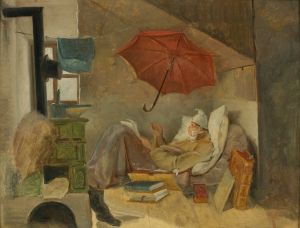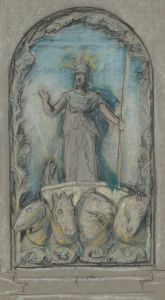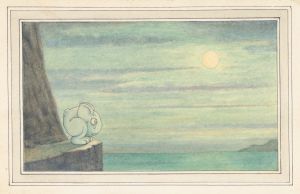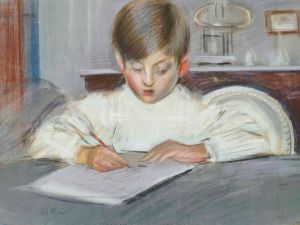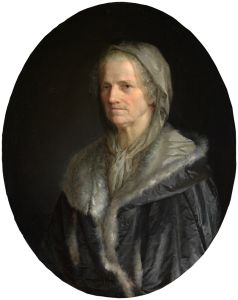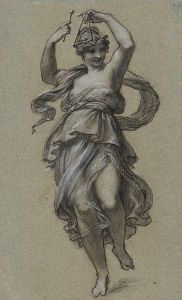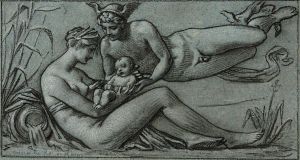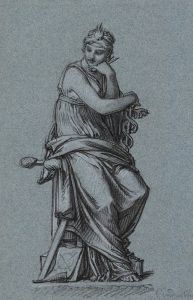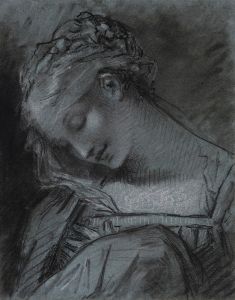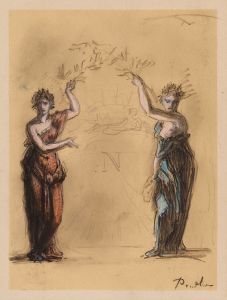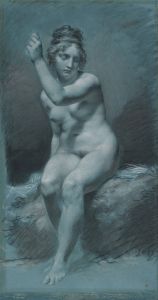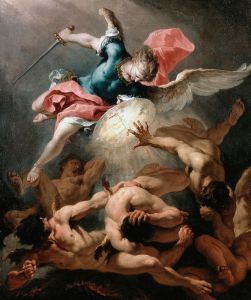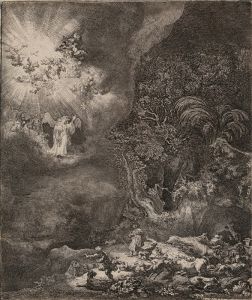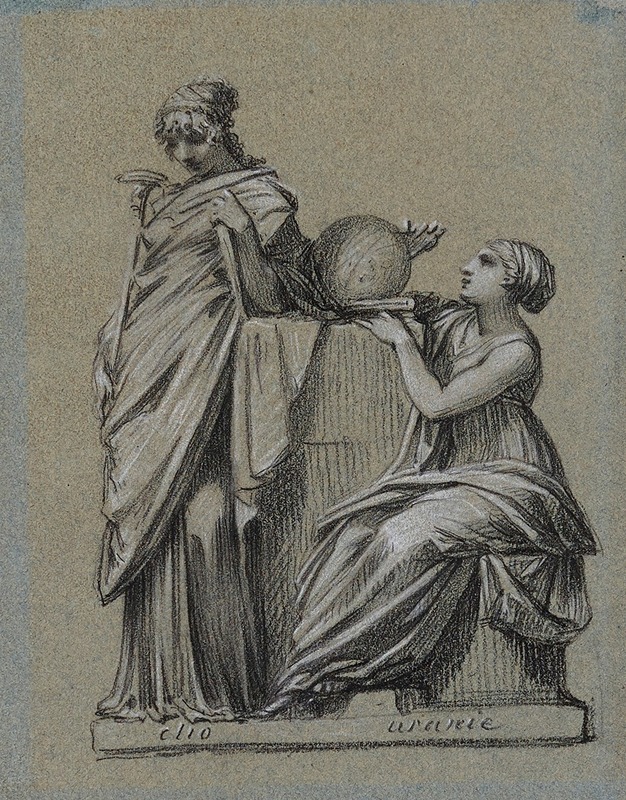
Clio et Uranie
A hand-painted replica of Pierre-Paul Prud'hon’s masterpiece Clio et Uranie, meticulously crafted by professional artists to capture the true essence of the original. Each piece is created with museum-quality canvas and rare mineral pigments, carefully painted by experienced artists with delicate brushstrokes and rich, layered colors to perfectly recreate the texture of the original artwork. Unlike machine-printed reproductions, this hand-painted version brings the painting to life, infused with the artist’s emotions and skill in every stroke. Whether for personal collection or home decoration, it instantly elevates the artistic atmosphere of any space.
Pierre-Paul Prud'hon was a renowned French painter and draughtsman, celebrated for his unique style that blended Neoclassicism with Romanticism. One of his notable works is "Clio et Uranie," which exemplifies his mastery in capturing the ethereal beauty and grace of mythological subjects. Although specific details about the painting "Clio et Uranie" are scarce, Prud'hon's broader body of work provides context for understanding his artistic approach and thematic interests.
Prud'hon was born on April 4, 1758, in Cluny, France. He studied in Dijon and later in Paris, where he was influenced by the prevailing Neoclassical style. However, unlike many of his contemporaries, Prud'hon infused his work with a softer, more emotional quality that foreshadowed the Romantic movement. His paintings often featured mythological and allegorical themes, characterized by delicate figures, a dreamlike atmosphere, and a subtle use of light and shadow.
Clio and Urania, the subjects of the painting, are figures from Greek mythology. Clio is the Muse of history, often depicted with a scroll or a book, symbolizing the recording of historical events. Urania is the Muse of astronomy, frequently shown with a globe or a compass, representing the study of the heavens. In classical art, the Muses were considered sources of inspiration for the arts and sciences, and their depiction in Prud'hon's work aligns with his interest in allegorical themes.
Prud'hon's style is marked by its departure from the rigid lines and stark contrasts typical of Neoclassicism. Instead, he employed a softer palette and more fluid forms, creating a sense of movement and emotion. This approach is evident in his treatment of the human figure, which is often idealized yet imbued with a sense of realism and psychological depth. His use of chiaroscuro, the contrast between light and dark, adds a dramatic and ethereal quality to his compositions.
Throughout his career, Prud'hon received numerous commissions from prominent patrons, including Napoleon Bonaparte and Empress Joséphine. His work was highly regarded for its elegance and emotional resonance, earning him a distinguished place in the art world of his time. Despite the challenges he faced, including personal tragedies and the turbulent political climate of the French Revolution and Napoleonic era, Prud'hon remained dedicated to his artistic vision.
While specific information about "Clio et Uranie" is limited, the painting likely reflects Prud'hon's characteristic style and thematic interests. His ability to convey the beauty and complexity of mythological subjects continues to be celebrated, and his influence can be seen in the works of later Romantic artists.
Prud'hon passed away on February 16, 1823, in Paris, leaving behind a legacy of works that continue to be admired for their grace, emotional depth, and innovative blending of artistic styles. His contributions to the art world remain significant, and his paintings, including "Clio et Uranie," are appreciated for their timeless beauty and artistic merit.





